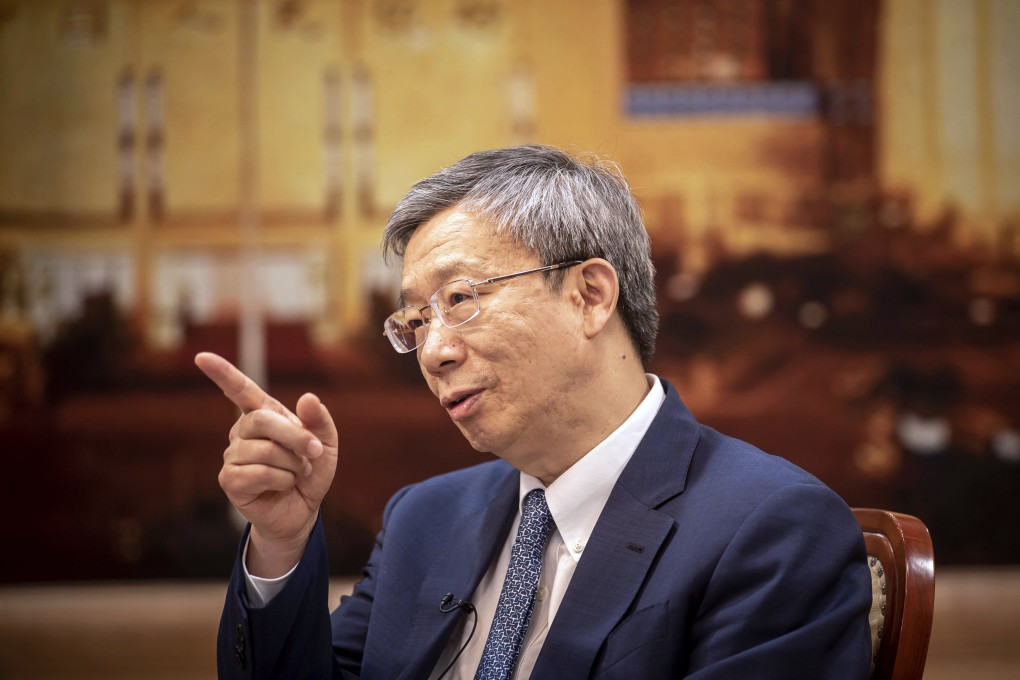China needs ‘firewalls’ to guard against systemic risks, but economy resilient to short-term pressure: central bank
- China must ‘seize this window of opportunity’ to implement domestic-facing monetary policies before US Fed’s upcoming interest rate hikes, economist says
- Fresh comments by People’s Bank of China show how it is falling in line with the central government’s renewed emphasis on ‘stability’, while providing more support to boost national economy

Beijing has pledged to inject ample liquidity into China’s economy while ordering more credit support ahead of the US Federal Reserve’s potential interest rate hikes next year.
China’s financial regulator is looking to ensure a reasonable supply of bank credit, optimise the lending structure and lower financing costs, the central bank said at a meeting on Thursday.
“It is necessary to intensify cross-cyclical adjustments … maintain reasonable and sufficient liquidity, keep the money supply and the growth rate of social financing scale basically in line with the nominal economic growth rate,” Yi Gang, governor of the People’s Bank of China (PBOC), said at the conference.
Meanwhile, “[We’ll] strengthen the stability of the growth of total credit, steadily optimise the credit structure, lower the overall financing costs of enterprises, and continue to enhance support for the real economy,” said Yi, who is also the director of the Office of the Financial Stability and Development Committee of the State Council.